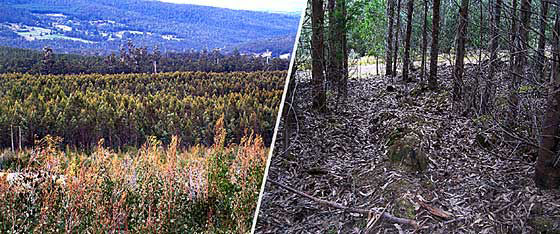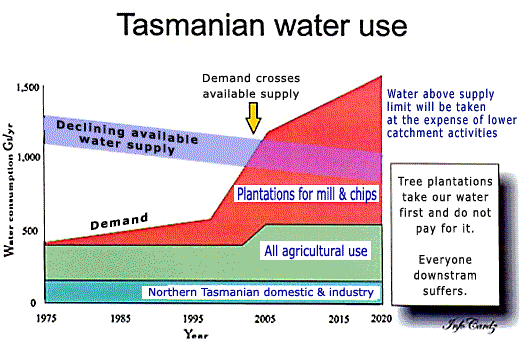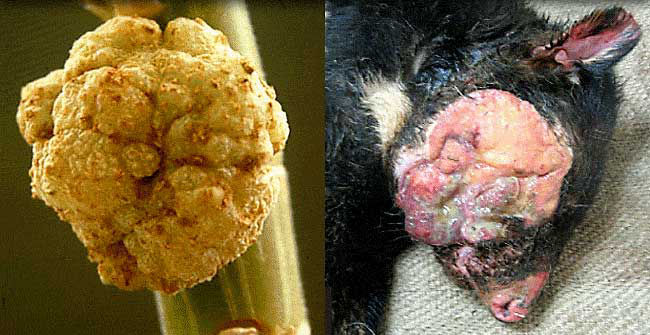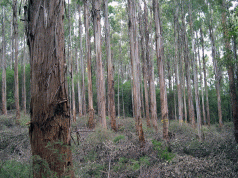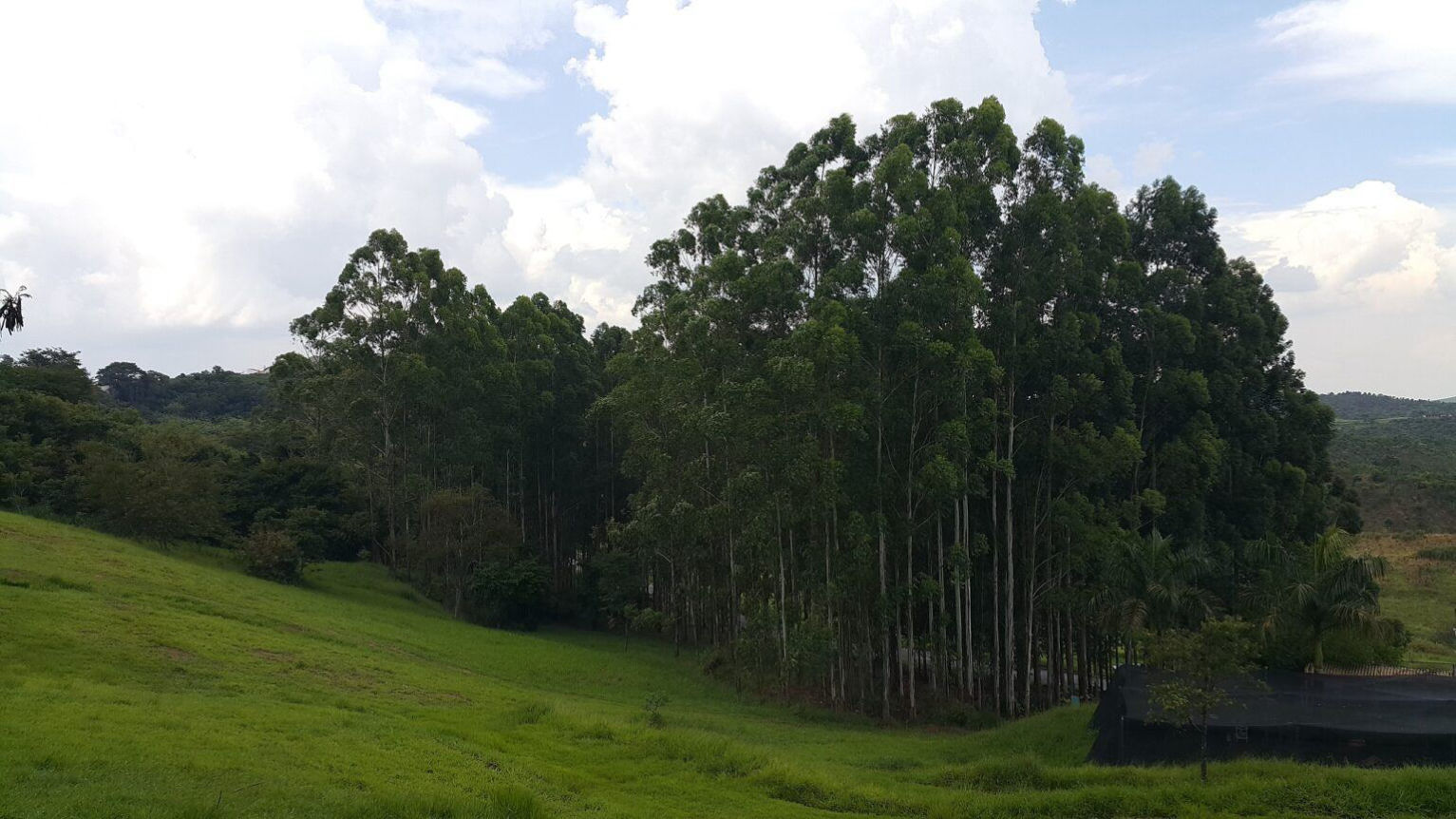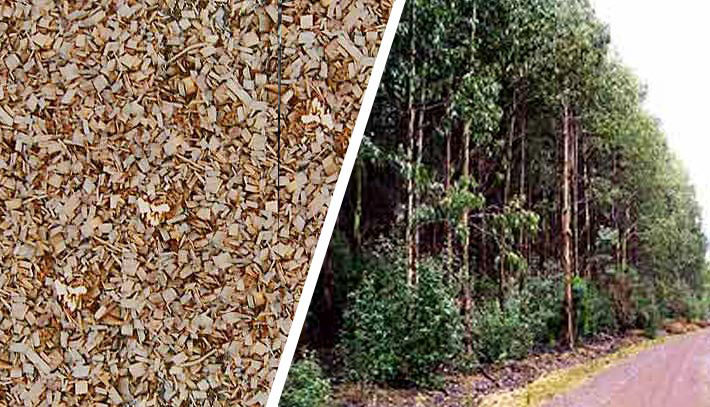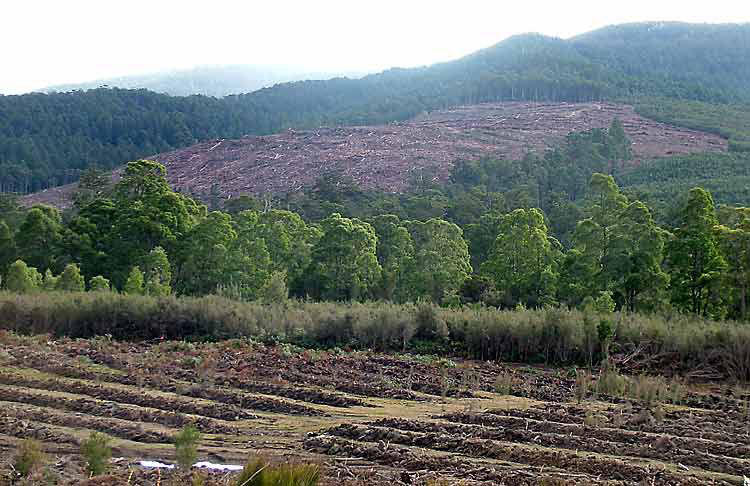Plantations for ‘World Scale’ Pulp Mill are too Large for Tasmania’s Water Supplies
Water is becoming more precious but the pulp mill plantations are leading to chronic and increasing shortages of water for farmers, communities and towns in the decades ahead. As the % area of a catchment covered by plantations grows, the river levels fall, M O R E from TAP. . . . . .
